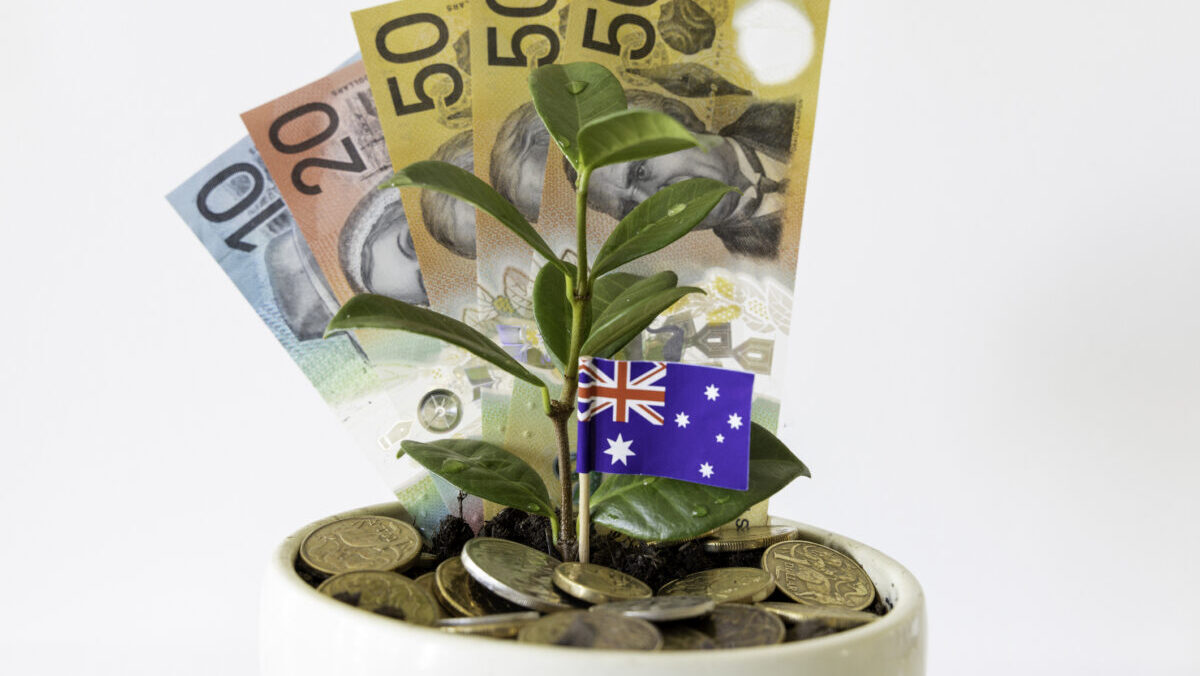Ground Breakers: Could Canberra face more funding calls on rare earths refinery?

Pic: Traceydee Photography/Moment via Getty Images
- Taxpayers could tip more funding into a new rare earths refinery in WA as Iluka flags big cost lift
- Eneabba refinery, originally expected to be covered by a $1.25 billion loan from the Federal Government, will now need $1.7-1.8b in capital to complete by 2026
- Minesite chemical supplier and blaster Orica nabs US sodium cyanide deal
The developer behind Australia’s first rare earths refinery has flagged a need for more funding in a bid to deliver a piece of infrastructure of ‘strategic importance’ to providing a Western supply chain of the critical metals.
Iluka Resources (ASX:ILU) revealed the cost of delivering a refinery which will process rare earths from waste rock at its Eneabba project near Geraldton had lifted to $1.7-1.8 billion, well above the US$1.25 billion low cost Critical Minerals Facility loan from Canberra that underpinned its decision to enter construction in early 2022.
The project is also intended to be able to process other feedstocks like the mineral sands giant’s undeveloped eastern states mineral sands projects and third party feed from Aussie juniors.
But Iluka’s Tom O’Leary noted on the company’s half year financial call today that more Australian players were looking to toll treat in China to get off the ground and process their materials downstream, with Hastings Technology Metals (ASX:HAS) notably announcing plans to do so from its Yangibana project in WA last week.
“The Australian Government is our strategic partner in this development and has been kept up to date with the FEED process as you’d expect. I’m not going to comment further on those discussions other than to say we’re working with the Government to come to a pathway to deliver the refinery,” MD O’Leary said.
“I think it’s fair to say that Eneabba’s strategic importance in providing a secure Western supply chain has only increased in recent times following China’s ban on the export of heavy rare earths technology in December.
“We’ve also seen several further offtake and toll treating arrangements for projects which involve downstream processing of Australian rare earth minerals in China.”
It raises the prospect more government funding may be needed to bring the project to fruition amid rising costs and a dive in rare earth oxide prices.
Source of heavies
One thing Eneabba will be able to add to the Western supply chain for rare earths is heavy rare earths like dysprosium and terbium, which carry higher price points and are considerably rarer than more common light rare earths like neodymium-praseodymium oxide.
It plans to process heavies from Northern Minerals’ (ASX:NTU) Browns Range project, Iluka’s Balranald project in New South Wales and at Wimmera in western Victoria.
Dysprosium and terbium is mainly sourced from ionic clay deposits in Myanmar and China and are required in permanent magnets to prevent performance slipping at temperatures exceeding 100 degrees Celsius.
O’Leary noted price would remain key, with spot prices for NdPr falling so low last year amid a rise in Chinese production quotas and weak demand for consumer goods in China that the largest Western producer Lynas (ASX:LYC) began stockpiling uncontracted material to wait for higher prices to return.
“Pricing is obviously a key driver of returns and much is made of current low spot prices,” O’Leary told analysts.
“Longer term though, widely held views … are supply is going to be materially less than demand and prices need to be higher to incentivise supply particularly if the West wants any sort of longer term assurance about availability.”
But O’Leary noted Eneabba was ultimately, for Iluka, a commercial decision.
“As we contemplate funding, we and government are really cognisant of the risks of the project but also its strategic importance, not only from a geopolitical and defense perspective but also from the perspective of its contribution to facilitating global decarbonisation,” he said.
“Ultimately, Iluka is a commercial enterprise focused on returns to shareholders rather than an instrument of government policy. So while government and Iluka objectives are aligned around the development of the refinery, discipline around our capital allocation decisions has got to be maintained.
“We’re currently discussing this broadly with government and I really won’t to comment further on that, given the ongoing nature of our discussions.”
Iluka’s final dividend clocked in at 4c per share, with its total dividend for 2023 down 84% from 45c in 2022 to 7c last year, reflecting the pass through of payouts received from its 20% holding in royalty firm Deterra (ASX:DRR), which earns an ongoing royalty on production from BHP’s Mining Area C operations.
That came as profits fell 42% to $343 million, with free cash flow swinging from $444m in 2022 to negative $160m in 2023. Revenue from mineral sands operations slid 19% to $1.238m, with EBITDA down 32% to $582m.
O’Leary said the company would have more clarity on demand for mineral sands products after Chinese New Year, having weathered ‘subdued demand’ through the second half of 2023. It is also following anti-dumping investigations from the European Commission in response to complaints from European pigment producers against Chinese companies.
A positive outcome could see 4-5 assets supplied by Iluka increase their operating rates, O’Leary believes.
Iluka Resources (ASX:ILU) share price today
Mine site blast stock Orica punts on gold
$7.7 billion capped Orica (ASX:ORI), which makes things go kaboom on minesites among other important resources industry functions, says it is going beyond blasting by making a major investment in sodium cyanide production in the USA.
Orica will pay US$640 million for Cyanco, which will double the firm’s sodium cyanide production capacity to 240,000tpa via two plants in Nevada and Texas.
Funded by a $400 million placement and $65m SPP alongside ORI’s cash and debt facilities, the deal would increase gold exposure to 25% of Orica’s revenue once it completes the acquisitions of Cyanco and Terra Insights, with North American end markets also to make up a quarter of its geographic exposure.
Sodium cyanide is an irreplaceable chemical in most gold processing methods, with Cyanco’s facilities strategically located near the massive Nevada operations of Barrick and Newmont.
Gold has been a reliable performer in recent times, paying near record levels at US$2,030/oz today, with global production rates also around record highs.
At the same time prices in base and bulk metals have been volatile, with a number of lithium, nickel and copper operations at risk of closure or curtailment.
Orica says global sodium cyanide demand is expected to grow at a rate of 4% a year from 2023 to 2028, with North Amercian demand lifting 5% annually over the same period, with lower ore grades leading to increased use as more tonnes are required to be processed to extract the same quantum of metal.
“Cyanco is a highly complementary business, and by combining it with our established sodium cyanide business, Orica will create a leading integrated global sodium cyanide producer with world-class supply capabilities in mining,” Orica MD Sanjeev Gandhi said.
“The Acquisition will more than double Orica’s existing sodium cyanide production capacity and provide us with the ability to cater to the highly attractive US and Canadian gold mining industries.
“By combining these two leading businesses, we expect to improve our ability to serve our customers by enhancing Orica’s global network of transfer stations in key gold mining regions, supporting security of supply to mine sites.
“The Acquisition is mutually beneficial to both Cyanco and Orica stakeholders, and we look forward to welcoming Cyanco’s employees to Orica. We are excited about the opportunities this will create for Orica, our customers, and our shareholders.”
ORI says the implied multiple in the deal after synergies will come in at 6.7x EBITDA, with mining chemicals to make up 11% of its revenue after the acquisition goes through, compared to 5% beforehand, with blasting coming down from 77% to 72%.
Gold exposure will lift from 21 to 25%, with thermal coal, copper, quarrying/construction and iron ore all falling 1% to 13%, 22%, 13% and 8% respectively.
Orica (ASX:ORI) share price today
Related Topics

UNLOCK INSIGHTS
Discover the untold stories of emerging ASX stocks.
Daily news and expert analysis, it's free to subscribe.
By proceeding, you confirm you understand that we handle personal information in accordance with our Privacy Policy.








